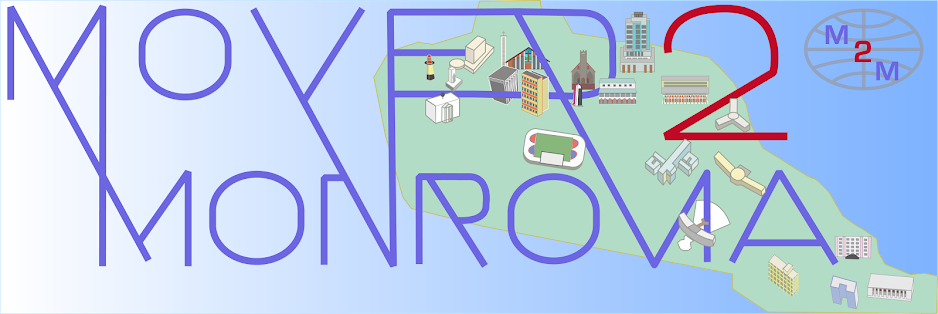Situated on the Atlantic Ocean, tiny Grand Bassam is about an hour southeast of Abidjan, and was the first capital of the French colony has been more recently something of the Newport, Rhode Island of Ivory Coast. As Tamasin reports, it has received UNESCO World Heritage status, but hasn't yet seen an influx of tourists. Listen to Tamasin's report on her Soundcloud page.
I happened to visit Grand Bassam in April this year, while visiting Tamasin and her boyfriend in Abidjan. Upon arriving from the city, we first went to a decent beachfront hotel for lunch. The beach was busy and the hotel was lively, although I didn't see that many foreigners; the majority of people seemed to be West African.
The three of us strolled to find the Vieux Carré after lunch. It was a bit hard to find, as there were no street signs or maps, and few wayfinding aides for the interested visitor. We experienced one of those strange sensations when visiting a foreign city, that particular disorientation when you have no idea if you've found the center of town or if you're on the outskirts, looking for something else.
Like several other colonial historic districts that I've visited in West Africa, Grand Bassam in its current, dilapidated condition, offers the visitors a rare chance to get up close to the architecture in its on-reconstructed state. Its amazing to be able to walk in these old buildings without restriction, such as the old railway station, below:
However, the bigger aspect is also the more negative: I was disappointed not so much at the sorry condition of the historic buildings, but it was obvious that several had already disappeared, and even the better examples that still stood, there was no way of learning more about them, such as the case with the magnificent example at the top of this post. The old center was interrupted by new construction, as would be expected in an inhabited district; some was more "contextual than others." In the bones of some of the older structures, the possibility for a refurbished, tourist-oriented destination seemed possible: fixing up a few for restaurants, cafés and small guest houses. Certainly sufficient crowds were coming to the area, as the beaches just ten minutes away were full of weekenders.
I am not familiar with what expertise or assistance UNESCO provides its designates, or whether a master plan or other aide is coming Grand Bassam's way. But there is a lot of work to be done to capture the potential of this historic city as a place for visitors, and much like the historic architecture of Liberia, as time passes, less and less of the older buildings are left standing.
All photos ©2013 Mathew M. Jones











No comments:
Post a Comment